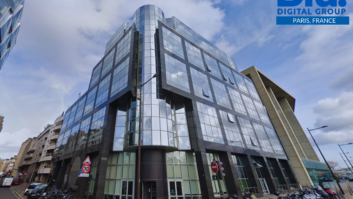An innovative broadcast industry partnership has helped achieve success in the earliest stages of the UK’s digital switch-over (DSO) programme. The partnership — between broadcast technology company Radio Frequency Systems (RFS), and specialists in broadcast network engineering, Eve–played a central role in the upgrade of the Selkirk broadcast site, located in the Border region of the UK.
The Selkirk site is one of many owned by transmission services provider Arqiva, and the first to be upgraded as part of the national DSO programme. The re-engineered Selkirk site was successfully commissioned in early September.
DSO is a six-year programme that will see the UK’s existing analogue television broadcast services switched off and its digital television services extended nationwide. The programme involves the upgrade of some 1,150 sites across the UK.
Appointed by Arqiva in early 2006, the RFS/Eve partnership was tasked to provide a total turnkey RF system upgrade at the Selkirk site, specifically to meet the DSO’s new channel allocations and higher-power digital broadcasting requirements.
The Selkirk upgrade saw the RFS/Eve team supply and install new main and standby antenna arrays (each designed to support the site’s six new 2kW digital transmitters) on the Selkirk mast. In addition, the team supplied and installed two new combiner chains and replacement transmission lines, plus a tailor-made patch panel that supports complex switching combinations of both the current analogue and six digital transmitters, which will continue to operate up until DSO.
The centrepiece of the Selkirk upgrade is the new main and reserve antenna arrays, which are founded on RFS’s PHP horizontally-polarised broadband UHF panel antenna. The upgrade also features a unique RFS 14-port 4-7/8-inch patch panel, specifically designed to permit the widest switching combinations. RFS also provided dual (main and reserve) CZAE-series multi-channel balanced combiners, comprising a mixture of six and eight-pole 200mm combline filters, specifically designed to meet the demanding ETSI mask requirements, and for adjacent channel operation.






